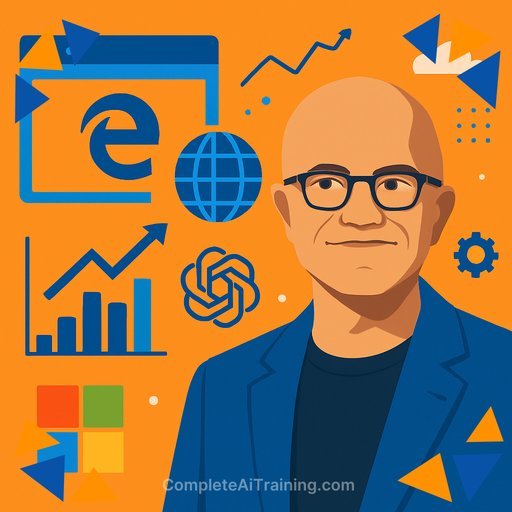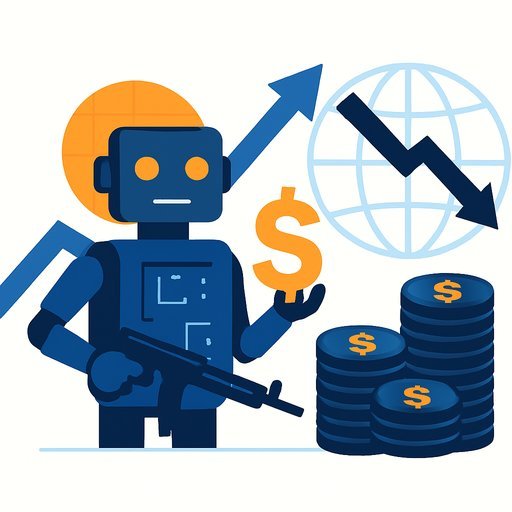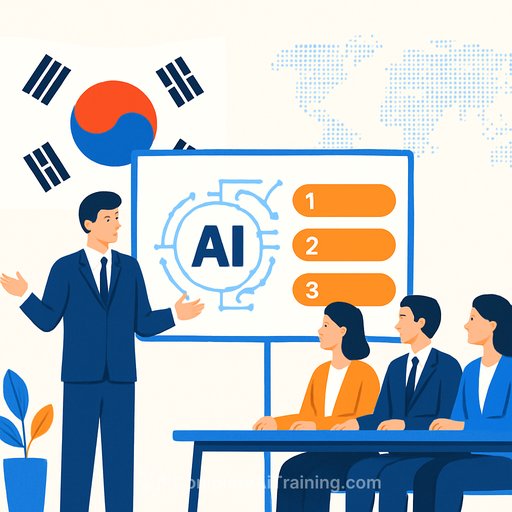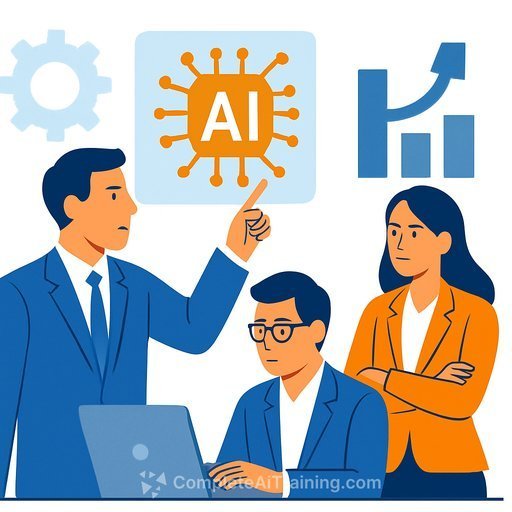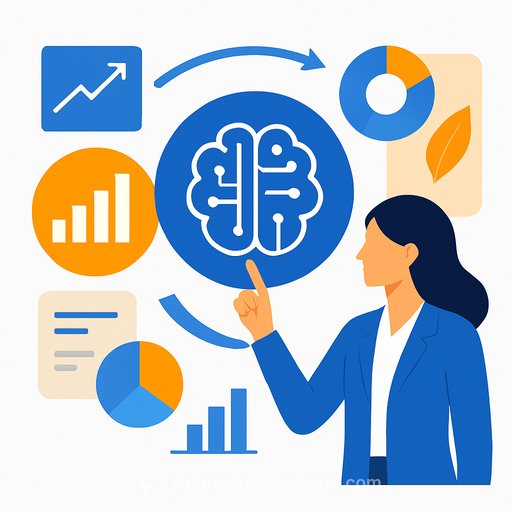Microsoft's Leadership Change Signals Full-Stack AI Focus
Microsoft is reorganizing to win in AI. Satya Nadella has created a new CEO of Commercial Business role and appointed Judson Althoff, freeing Satya and core engineering teams to focus on data center buildout, systems architecture, AI science, and product execution.
This move lands in a market pouring more than US$200bn into AI infrastructure this year. It's a clear signal: leadership time and operating structure are now strategic levers for AI advantage.
What Althoff Will Run
Althoff's remit fuses sales, marketing, operations, engineering, and finance into one commercial engine. The goal: tighter alignment between what customers need and what Microsoft ships.
- Takeshi Numoto's marketing team moves under Althoff, while Numoto still reports to Satya on planning, consumer marketing, and corporate brand.
- Operations is consolidated into the commercial unit to compress the customer feedback loop and service delivery.
- Althoff builds on nine years leading global sales and the Customer and Partner Solutions division, described as Microsoft's primary growth engine.
Why This Matters for Enterprise Buyers
Microsoft's AI stack is moving faster and getting closer to the point of work. In August, the company integrated GPT-5 into Microsoft 365 Copilot and Copilot Studio, embedding AI across documents, data analysis, and task automation.
This is paired with hard infrastructure. In September, Microsoft committed US$30bn to UK data centers over the coming years-capacity that directly affects latency, resilience, and compliance for regulated industries.
Explore product details: Microsoft Copilot.
The Strategic Logic
Nadella's message is simple: AI is a platform shift that demands focus on both scale execution and frontier building at the same time. By elevating a CEO for Commercial Business, Microsoft is separating the growth engine from the deep technical work without losing connection between the two.
He frames the outcome in economic terms: general purpose technologies like AI drive step changes in productivity and GDP. The org design now reflects that ambition.
Operating Model: What's Changing
- Single-threaded ownership for commercial outcomes across sales, marketing, ops, engineering, and finance.
- Shorter cycle times from customer signal to product change and support response.
- Clear bandwidth for Satya and engineering leaders to prioritize data center expansion, model development, and product innovation.
Signals for CEOs and Strategy Leaders
- Put an operator in charge of the commercial P&L so your CEO and CTO can focus on AI architecture, vendor strategy, and ship cadence.
- Unify go-to-market with product and ops; remove handoffs that slow feedback or blur accountability.
- Tie AI adoption to economic metrics: revenue per seat, attach rates for AI add-ons, cost-to-serve, and time-to-value.
- Commit real capex or reserved capacity with cloud partners where latency, data residency, and cost predictability matter.
- Build an enterprise-wide AI backlog owned jointly by product, sales, and operations, reviewed weekly.
What to Do Next
- Appoint a senior GM/COO for AI commercial execution with end-to-end authority across sales, marketing, and delivery.
- Create a shared AI performance dashboard for the board: adoption, activation, productivity delta, unit economics.
- Formalize customer councils that influence your AI roadmap; rotate top accounts every quarter.
- Stand up a capacity plan with your cloud partners for compute, storage, and networking aligned to your AI release schedule.
Key Numbers to Watch
- US$200bn+ global AI infrastructure investment this year.
- US$30bn Microsoft data center commitment in the UK.
- 9 years of global sales leadership feeding Althoff's mandate.
Upskilling for Decision-Makers
If you're aligning org design and board-level metrics to AI this quarter, build a focused learning plan for your leadership team. Curated options by role are available here: AI courses by job.
Your membership also unlocks:

